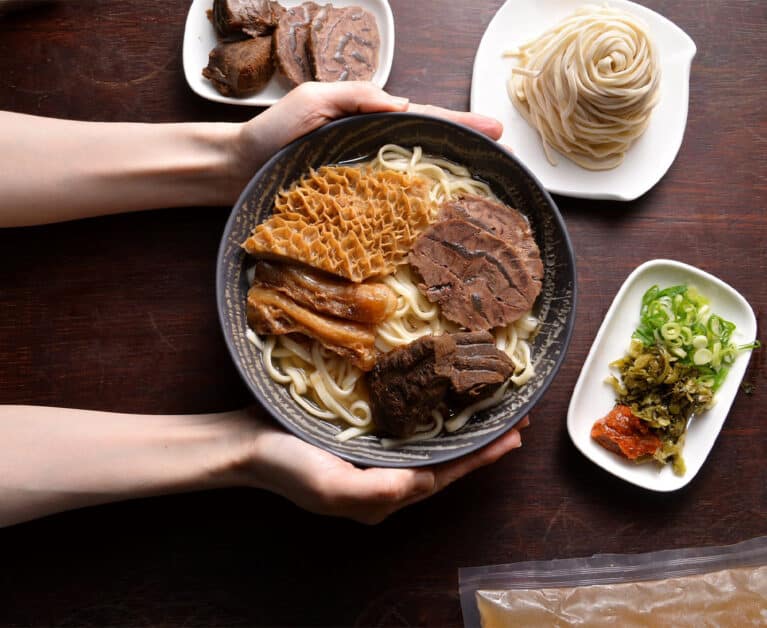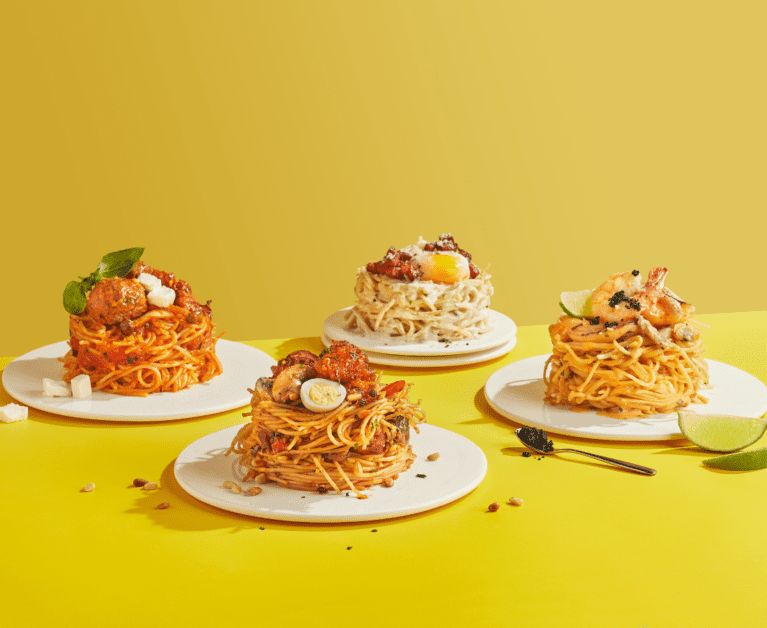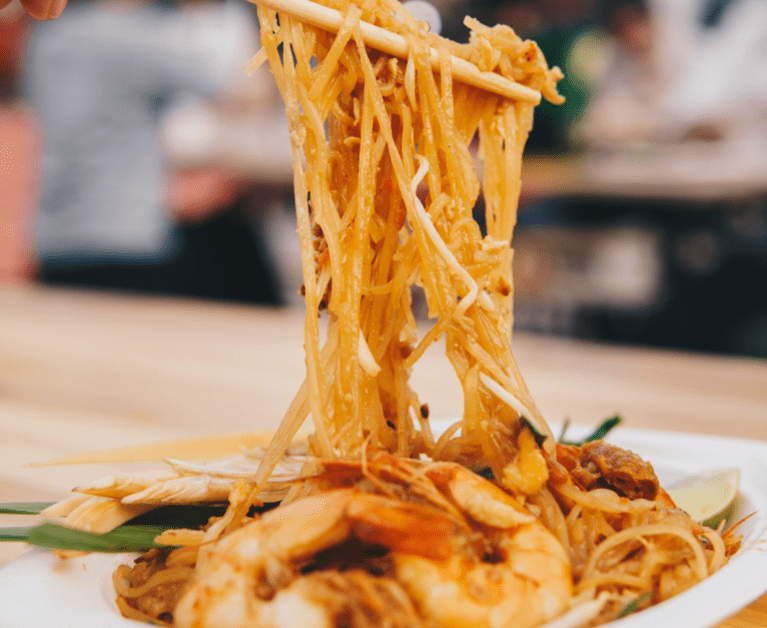Noodles Around The World: From Ancient Staple to Modern Delight

PUBLISHED April 1st, 2023 06:00 am | UPDATED April 15th, 2023 07:34 pm
From instant noodles to char kuay teow, ramen and pasta, these long wiggly strings of flour have come a long way since their earliest records. The versatile dish has taken on various forms, flavours, and textures through the years, adapting to different cultures and lifestyles. Yet, today, it remains one of the most popular foods worldwide. How did this staple take the world by storm? Let’s trace the journey, from ancient staple to modern delight.
The Origins of Noodles

Mix water and flour, and it leads to many wonderful shapes and sizes. The versatility of noodles makes them one of the most adaptable foods, so while we can find them in their various forms, their origins are still widely debated. China and Italy are the two main contenders who stake claim to the invention of noodles, but many also believe that it was the Arabs who brought noodles and the practice of boiled noodles or “itriyah” to Italy during the 8th century AD invasion. However, an archaeological find in 2005 unearthed preserved thin yellow noodles at the Lajia archaeological site in Northwestern China. To date, this 4,000-year-old bowl of noodles is the world’s earliest empirical evidence of this staple food.
Noodles as Ancient Staples

Regardless of how it came to be, noodles are deeply ingrained in many cultures from thousands of years ago.
From its original hand-torn form known as “Mian Pian”, Chinese noodles evolved into cut strips, hand-pulled noodles, and refined into thin variants in bee hoon and Dragon Beard noodles. The flat wheat noodle later appeared in the Qing Dynasty as a symbol of longevity. Today, Chinese noodles can be enjoyed fried or with gravy or soaked in rich broth like in a classic beef noodle soup.
In Italy, the first references to pasta were found in literary works during the Roman-Etruscan era as ‘Lagane’, flat sheets of durum wheat pasta cut into strips. Under the influence of the Arabs, the original oven-baked pasta gave way to its boiled version in today’s Spaghetti.
The Arabs themselves have been boiling and eating noodles since the 5th century. Iconic dishes such as Seffa Medfouna (a Moroccan delicacy of broken vermicelli, chicken, honey, butter, and saffron) are still as popular as they were in the past today.
Noodles as Modern Delight

In 1958, a revolutionary form of noodles changed how we ate them. Enter: instant noodles. Drawing inspiration from Yi noodles (boiled, fried, and served in soup) from the Qing Dynasty, Momofuku Ando invented instant noodles by flash-frying cooked noodles. The dried block of noodles is sold with flavouring powder and sesame oil and can be ready in two minutes. This convenient food became widely popular. What’s more, they can even be easily adapted to suit people’s changing tastes. Beyond the usual chicken, beef and seafood flavours, instant noodles with curry, kimchi, cheese, and salted egg flavours are commonplace today.

While the basic flour and water formula still stands, noodles today can be made from various types of wheat, rice, mung bean, potato starch, eggs and more. They can be enjoyed hot and soupy like Ramen, or cold and dry like the Korean Naengmyeon. Noodles can be part of appetisers like the Vietnamese rice paper spring roll Gỏi cuốn or be the main course like pasta or mee pok. We can even make noodles into desserts like the Jewish Noodle Kugel or the Hungarian baked dessert noodle Rakott Teszta.
Every country that takes this dough, shapes it according to its culture, geography, and history, presenting the multitude of flavours we see with noodles today. Perhaps there isn’t one origin of noodles; instead, every one is the unique result of personalisation and interactions between countries, people, and ingredients. Noodles – the simple food that links cultures through time and generations.
Top Image courtesy of Deposit Photos

